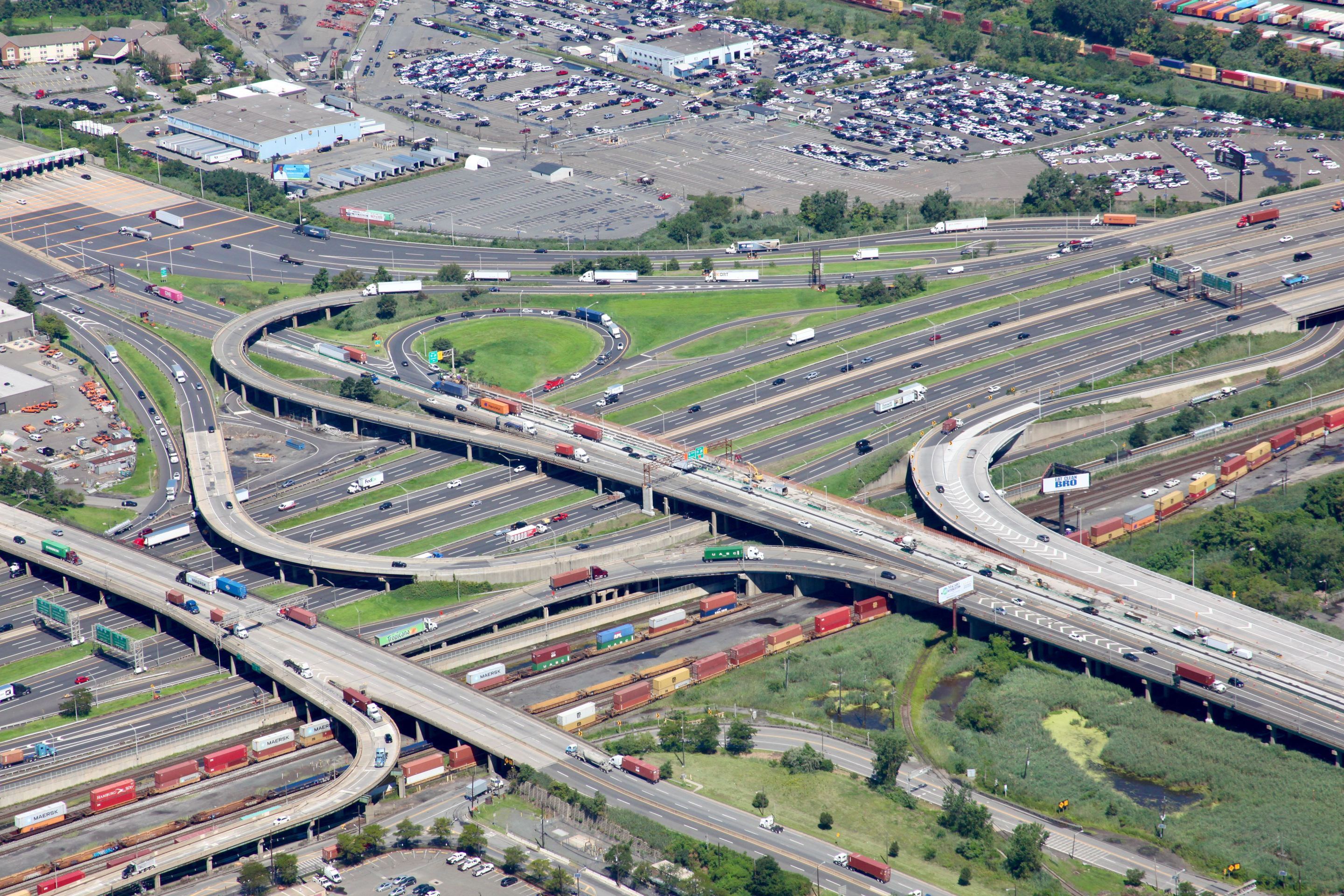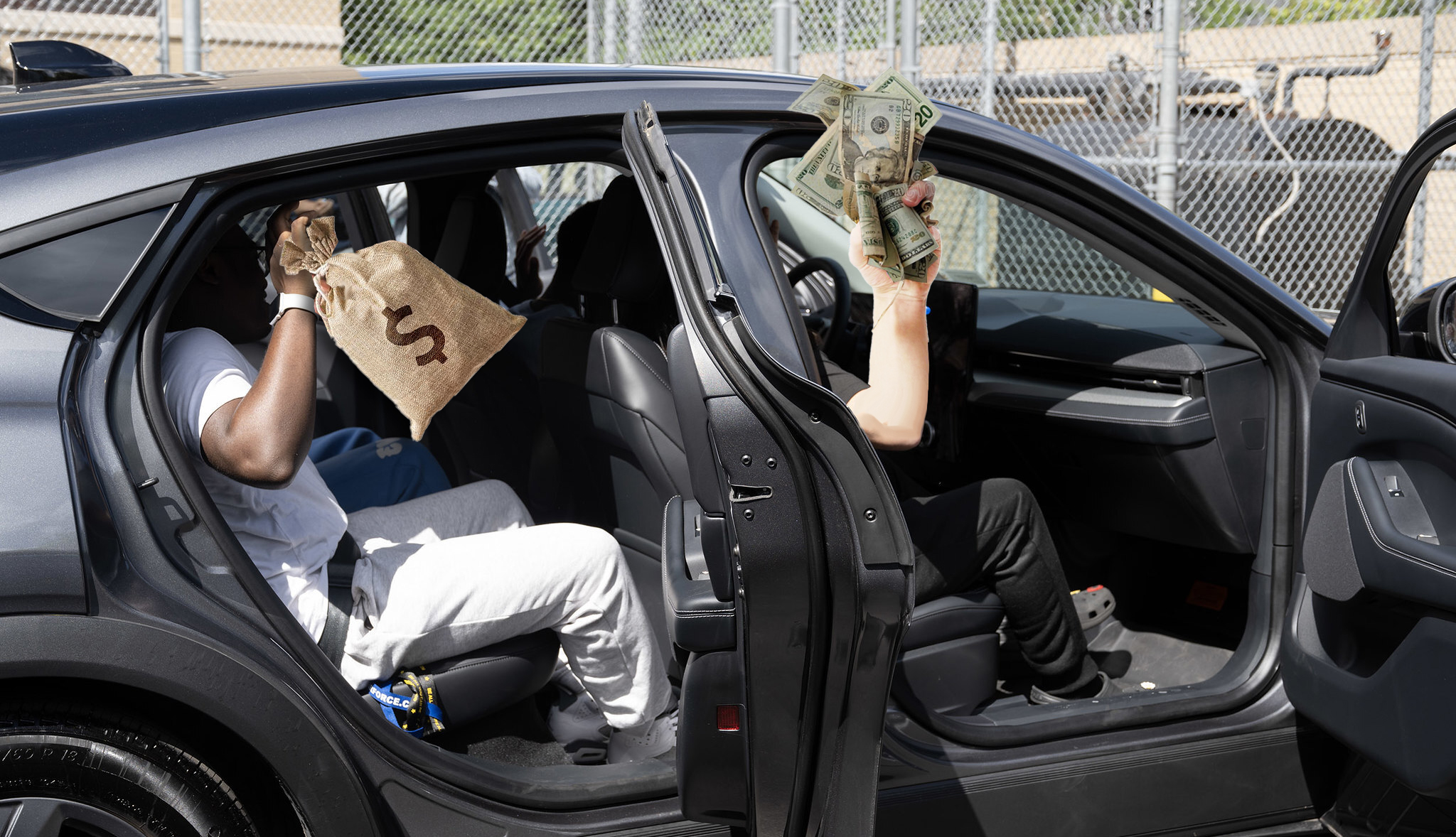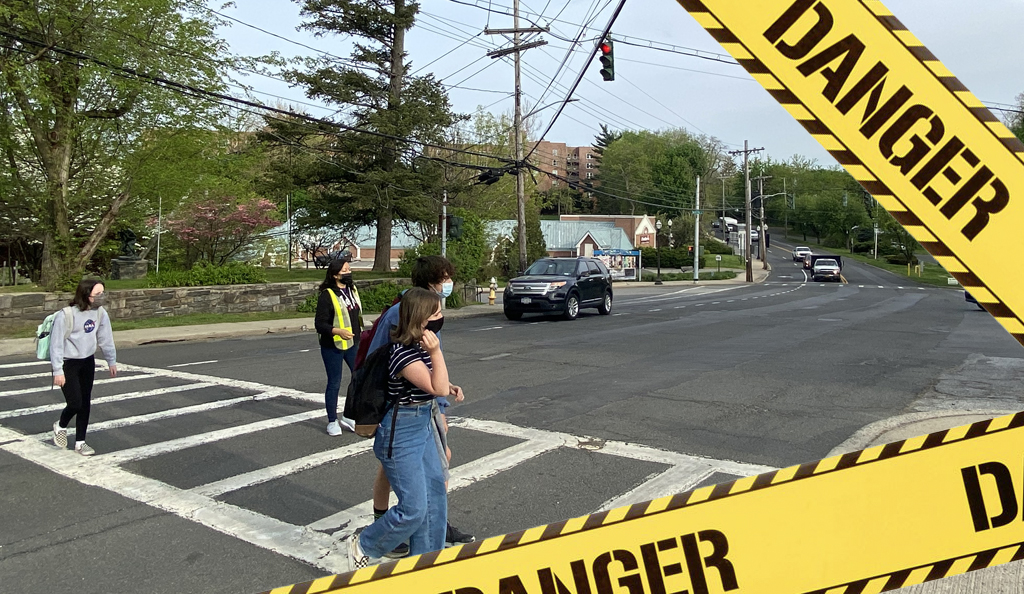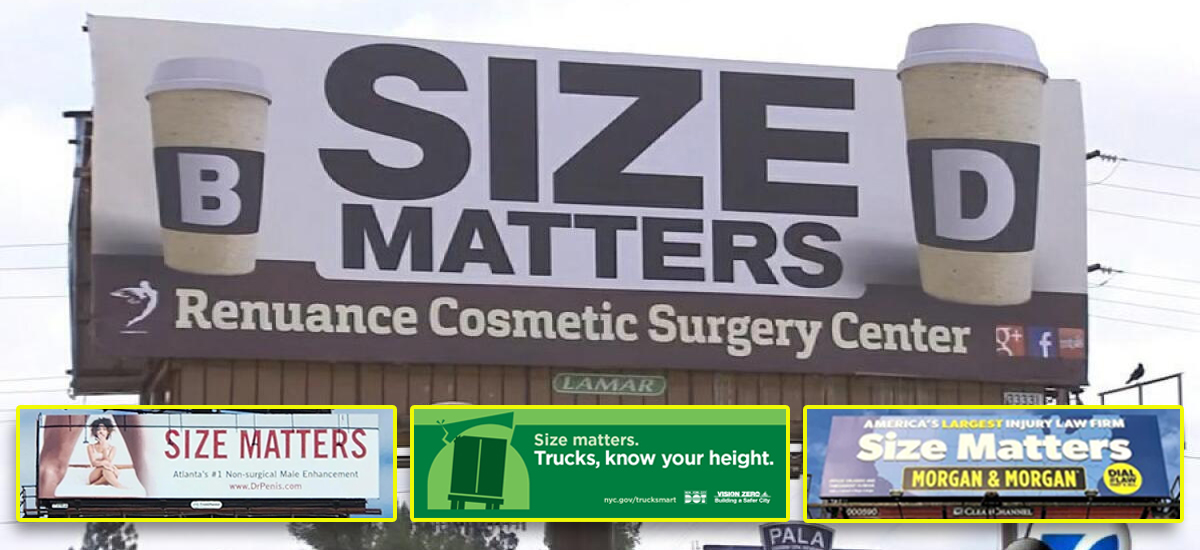New Jersey Gov. Phil Murphy's $11-billion Turnpike widening makes even less sense now that congestion pricing has made a massive dent in regional car trips — but that, and widespread opposition from North Jersey mayors, didn't deter the Turnpike Authority from advancing the project on Tuesday.
"What we are having an issue with is creating more lanes and creating more opportunity for traffic to move in and out of this community," Newark Mayor Ras Baraka, a Democratic hoping to succeed the term-limited Murphy, testified to Turnpike Authority board before it voted.
Before undertaking the massive construction project, the Murphy-run Turnpike Authority must assess the congestion toll's new impact on its facilities, release that data to the public and update its earlier cost estimates, said multiple advocates and electeds, including those from the cities set to the bear the brunt of increased traffic.
"Congestion pricing is justification to press the pause button and to see if the expansion is even necessary," said Hoboken Mayor Rhavi Balla. "It simply doesn't make sense and it's a massive waste of taxpayer dollars."
Murphy's plans would widen the Newark Bay-Hudson County Extension — an eight-mile offshoot linking the mainline of the Turnpike to the Holland Tunnel — from four lanes to as many eight.
The board unanimously approved the project despite federal imperatives to cut wasteful spending as well as dozens of opponents calling into the meeting to speak out against the scheme, saying it will bring more auto pollution to densely-populated parts of the state.
"The air pollution is incredible. It feels like one's head is in the tailpipe of a very badly polluting vehicle," said Bayonne resident Lina Drillman. "We're just moving the bottleneck from here to there. That doesn't seem to make a lot of sense to me, just well, Band-Aid here and forget about the festering sore somewhere else."
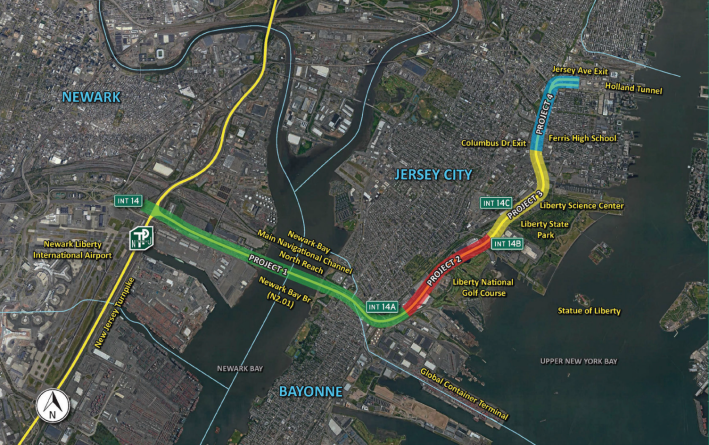
Baraka urged the state to instead invest the money in its ailing mass transit.
"The future is not going to cars," the Newark mayor said. "The future should be rail, the future should be trains, the future should be public transportation."
The project's first $6.2-billion phase includes replacing the 68-year-old Newark Bay Bridge between Newark and Bayonne with two new parallel spans — a reconstruction Baraka and others acknowledged is "necessary," but not with more lanes.
But Turnpike reps, who refuse to share comprehensive post-congestion pricing traffic data, have said the aging span needs to be replaced with a wider structure to meet increased traffic demands in the area, a long debunked notion that more lanes will reduce congestion.
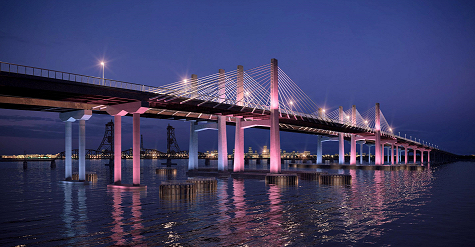
Murphy has continued to push the project while backing the Trump administration's efforts to kill congestion pricing — despite early data showing it has stemmed traffic in the region and yielded benefits for transit riders on both sides of the Hudson River.
Within the first month of congestion pricing taking effect, travel times dropped by 48 percent through the Holland Tunnel, which the Turnpike feeds into, according to MTA data from late January. Public transportation trips are up on the PATH, NJ Transit commuter trains, and the Hudson-Bergen Light Rail, the Bergen Record reported.
A wider Turnpike would draw 32 percent more traffic, according to figures Streetsblog previously uncovered in a 274-page environmental impact statement that accounted for just half the project.
That's a vehicle increase from 4,500 today to 6,000 by 2050 heading east during peak morning rush hour. More than 1,200 of those cars per hour would end up in Manhattan in the morning peak.
Public speakers also called out the authority for not adjusting the project cost, which was $4.7 billion before it ballooned to $10.7 billion in 2022.
Turnpike toll transactions are down two percent at two eastbound exits in Jersey City — Exits 14A and C — but up about six percent at Exit 14B since the start of congestion pricing on Jan. 5, a spokesperson said on Tuesday.
"Congestion pricing was not expected to have an appreciable impact on traffic volumes on the Newark Bay-Hudson County Extension, and it hasn’t," the rep, Thomas Feeney, told Streetsblog via email. "There is nothing in that data that would justify delaying this critically important safety program."
The $10.7-billion estimate is still accurate, Feeney added.
Several construction trade groups and labor leaders also came out for Tuesday's meeting — to testify in favor of the widening.
"The design life is 50 years. We are now 70 years out," said Robert Briant, CEO of the Utility and Transportation Contractors Association of New Jersey, which represents firms working in highway construction. "It needs to be upgraded, it's logical, it has to happen."
But one resident of Jersey City said the state should divert those funds toward more sustainable modes of transportation to meet the region's growth.
"I'm a frequent user of New Jersey Transit, whose train windows — by the way — you can't even see out of," said Brian Scanlan. "There has been an underinvestment in our mass transit for decades. Now is not the time to waste money on highway expansion. For good union jobs, invest in our mass transit, not this boondoggle."
